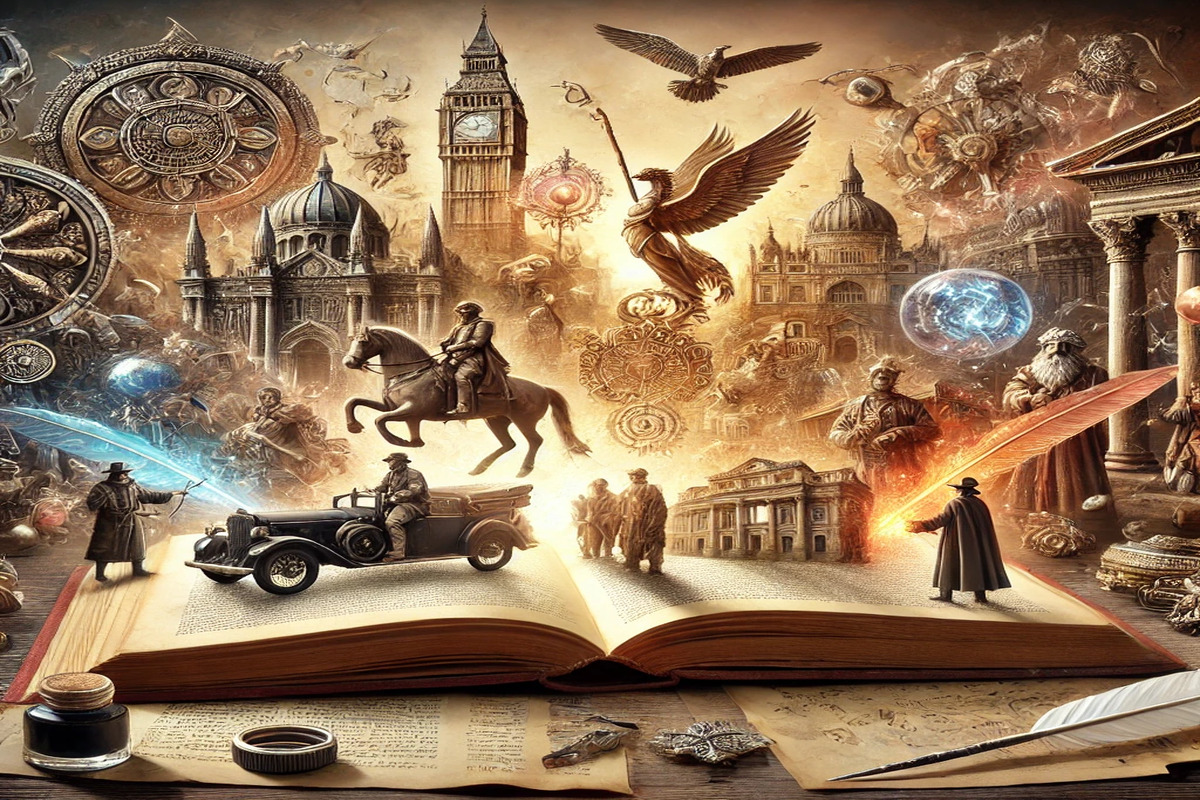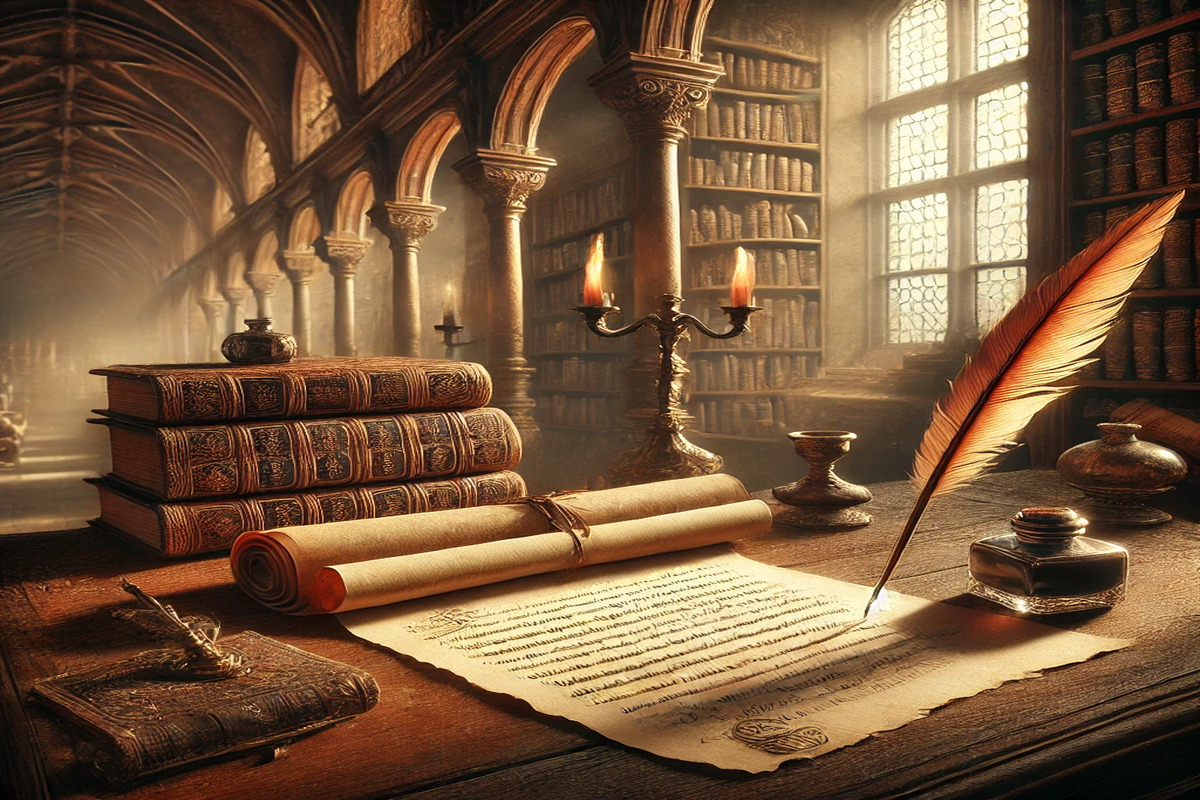Writing historical fiction is a rewarding yet challenging endeavor that requires a balance between accurate historical representation and engaging storytelling. Read More
Historical fiction transports readers to another time and place, offering a glimpse into the lives and experiences of people from the past. It allows readers to understand historical events’ complexities and human impact while engaging with characters and narratives. Successfully bringing history to life in fiction requires careful research, thoughtful character development, and a keen sense of storytelling. Hilary Mantel’s Wolf Hall series provides an in-depth portrayal of the Tudor era. Mantel meticulously researched the period to accurately depict the political intrigue and cultural dynamics of Henry VIII’s court. Her attention to detail brings the historical context to life, allowing readers to immerse themselves in the complexities of the time. In The Book Thief by Markus Zusak, the protagonist, Liesel Meminger, is a fictional character living in Nazi Germany. Her experiences and relationships provide a personal lens through which readers can understand the impact of World War II on ordinary people. Zusak’s character-driven narrative makes historical events relatable and emotionally resonant. In Outlander by Diana Gabaldon, historical fiction and fantasy elements are blended as the protagonist, Claire Randall, travels back in time to 18th-century Scotland. Gabaldon meticulously researches the period to ensure historical accuracy, while the time-traveling aspect adds an imaginative twist to the narrative. Ken Follett’s Pillars of the Earth vividly depicts life in 12th-century England. Follett’s attention to detail in describing the construction of a cathedral, the social dynamics, and the political intrigue of the time creates a rich and immersive reading experience. The vivid descriptions and atmospheric setting transport readers to the medieval world. In The Nightingale by Kristin Hannah, the narrative follows two sisters in Nazi-occupied France during World War II. The novel weaves together their stories, exploring themes of love, sacrifice, and resistance. Hannah’s narrative structure keeps readers engaged by balancing personal struggles with historical events. Homegoing by Yaa Gyasi explores the legacy of slavery and colonialism through the interconnected stories of two half-sisters and their descendants. Gyasi’s exploration of identity, family, and resilience resonates with modern readers, offering insights into the lasting impact of historical events. In The Underground Railroad by Colson Whitehead, the dialogue captures the speech patterns of the antebellum South while remaining accessible to contemporary readers. Whitehead’s use of language enhances the authenticity of the narrative and immerses readers in the historical setting. Chimamanda Ngozi Adichie’s Half of a Yellow Sun explores the Nigerian Civil War through the perspectives of diverse characters, including a houseboy, a university professor, and a British expatriate. Adichie’s portrayal of the war’s impact on different social classes and ethnic groups adds complexity and depth to the narrative. The Book Thief by Markus Zusak, though suitable for adults, is often read by young adults due to its engaging narrative and relatable characters. The novel’s themes of friendship, resilience, and the power of words resonate with younger readers, making it a popular choice in classrooms. All the Light We Cannot See by Anthony Doerr weaves together the stories of a blind French girl and a German soldier during World War II. The novel explores how the war shapes their lives and decisions, highlighting the personal impact of historical events. In The Other Boleyn Girl by Philippa Gregory, the author takes creative liberties with the lives of Anne Boleyn and her sister Mary. Gregory’s author’s note clarifies which elements are based on historical records and which are fictionalized, allowing readers to enjoy the story while understanding its historical basis. Bringing history to life in fiction requires a delicate balance of research, creativity, and storytelling. By immersing readers in vivid historical settings, creating relatable characters, and exploring timeless themes, writers can craft narratives that captivate both history enthusiasts and general readers. Whether through meticulous research, imaginative storytelling, or diverse perspectives, historical fiction offers a powerful way to connect the past with the present and bring history to life for generations to come. Introduction
1. Research and Authenticity
Understanding the Historical Context
Example
2. Character Development
Creating Relatable Characters
Example
3. Blending Fact and Fiction
Balancing Accuracy and Imagination
Example
4. Setting and Atmosphere
Creating a Vivid Sense of Place
Example
5. Narrative Structure
Crafting an Engaging Story
Example
6. Themes and Relevance
Exploring Timeless Themes
Example
7. Dialogue and Language
Authenticity in Speech
Example
8. Researching Diverse Perspectives
Inclusivity in Historical Narratives
Example
9. Engaging Young Readers
Making History Accessible
Example
10. Incorporating Historical Events
Weaving History into Fiction
Example
11. Balancing Accuracy and Creative License
Navigating Historical Accuracy
Example
Conclusion
Bringing History to Life in Fiction

Writing historical fiction is a rewarding yet challenging endeavor that requires a balance between accurate historical representation and engaging storytelling. Read More




